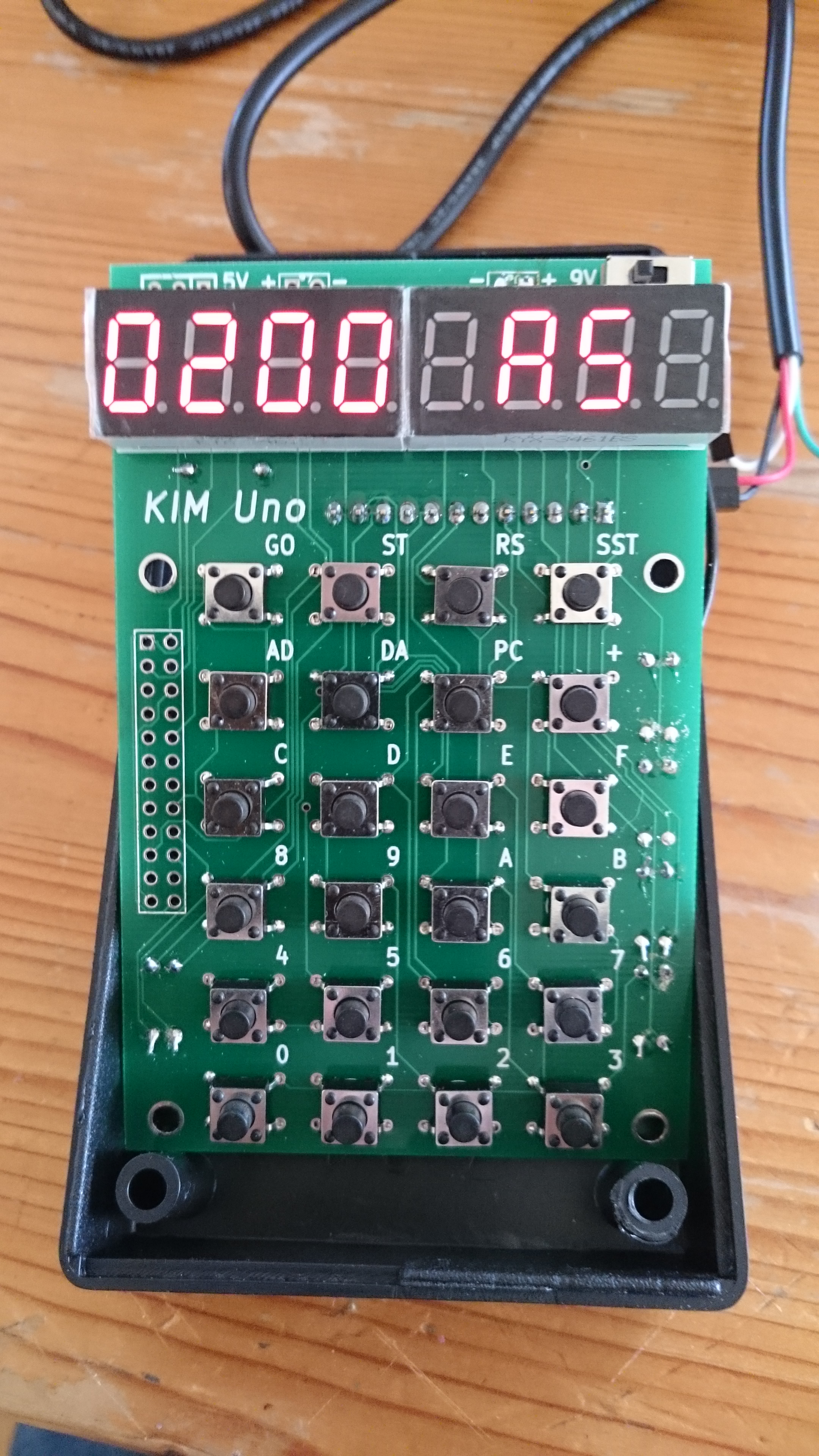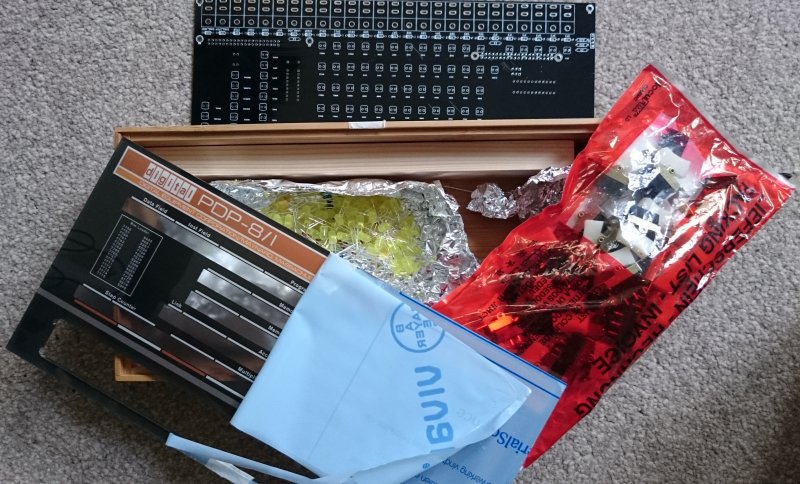My Quest for Blinkenlights
I;have always been a fan of DEC minicomputers…; I grew up in;Galway, Ireland…;often seen on the front panel of PDPs;instead of the more common;Maynard, Massechusetts, since DEC had a manufacturing plant there until the late 80s.; When in school, DEC provided a VAX 11⁄750 to the 6 or 7 secondary schools in Galway city, and provided terminals to each school. When most kids my age were getting their first computer experiences with;Sinclair Spectrums,;Commodore 64s;and;BBC Micros, we logged into a real multi-user OS,;VMS, via;VT100;and;VT52;terminals. We had the small micros too, but there was something about a multi-user system with usernames&passwords, email and chat (DEC talk) that really fired the imagination.
I have, over the last few years, acquired a couple of;MicroVAXen, which I have played with a bit, and configured as a cluster… I mean who has a VAX cluster in their office? They didn’t fully satisfy my retro-desire though… years of TV shows like The 6 Million Dollar Man,; The Man from UNCLE and many others depicted computers as walls of;blinkenlights;and tape drives, and this depiction still has magic for me.
The Man from UNCLE and many others depicted computers as walls of;blinkenlights;and tape drives, and this depiction still has magic for me.
Thing is, PDPs and IBM 370s and the many other blinkenlight computers are rare, often collector’s items, and command collector prices. One day a few years back, I heard of a project to reproduce the;PDP8/e using a Harris Semiconductors 6120 PDP8-on-a-chip;as the compute core, and with a custom, silk-screened front panel… this got my attention. However, when the time came for pre-orders, the price was still a bit on the high side… $600 is a lot to pay for basically a display piece. Eventually, this very limited quantity project sold out without me making a purchase, and I had to continue to defer my blinkenlights gratification.
About a year ago, while browsing yet another retro-computing site, I came across a;project by;Oscar Vermeulen;to reproduce the KIM-1, the first microcomputer based on the;MOS 6502.; I have a sentimentality for the 6502, since I learned to code primarily on a C64, and the first machine code I learned was;6502.;I built the KIM-1 kit;and really enjoyed it, but the crucial point is that it put me in touch with Oscar, who has probably a greater fascination with retro-computing then me. We had discussed the possibility of a PDP emulator or reproduction, but there weren’t any concrete plans, so I kept looking…
I have a sentimentality for the 6502, since I learned to code primarily on a C64, and the first machine code I learned was;6502.;I built the KIM-1 kit;and really enjoyed it, but the crucial point is that it put me in touch with Oscar, who has probably a greater fascination with retro-computing then me. We had discussed the possibility of a PDP emulator or reproduction, but there weren’t any concrete plans, so I kept looking…
Eventually I came across a;page by Ricardo Guerriero, where he documented porting;Doug Jones’ PDP8 emulator;to the Arduino Mega. I had a few Megas lying around, so jumped on this project. The result is a bit of a hack, but many of the most fun things are… it uses a 16K CMOS to provide the 8K-word main memory, and a couple of LS256 EEPROMS read and written to over i2c to simulate paper-tape storage. I have yet to build a blinkenlights panel for it, though, but it boots and runs fine.;My github repo here.
One day while yet again browsing retro-computing sites, I visited Oscar’sObsolescence Guaranteed;and noticed a new post… the topic was;creating a PDP8 emulator! The project was already at the prototype stage, and a front-panel had been built. I immediately got in touch and told Oscar of my interest if ever he decided to make the parts available. He eventually decided to do a kit, once he had the bugs worked out. Many months passed with many updates from Oscar in the development process, when finally I got an email to confirm interest, followed by a Paypal invoice, and within about 2 weeks, received the kit… I will post a build log when I commence, but for now, here it is.
